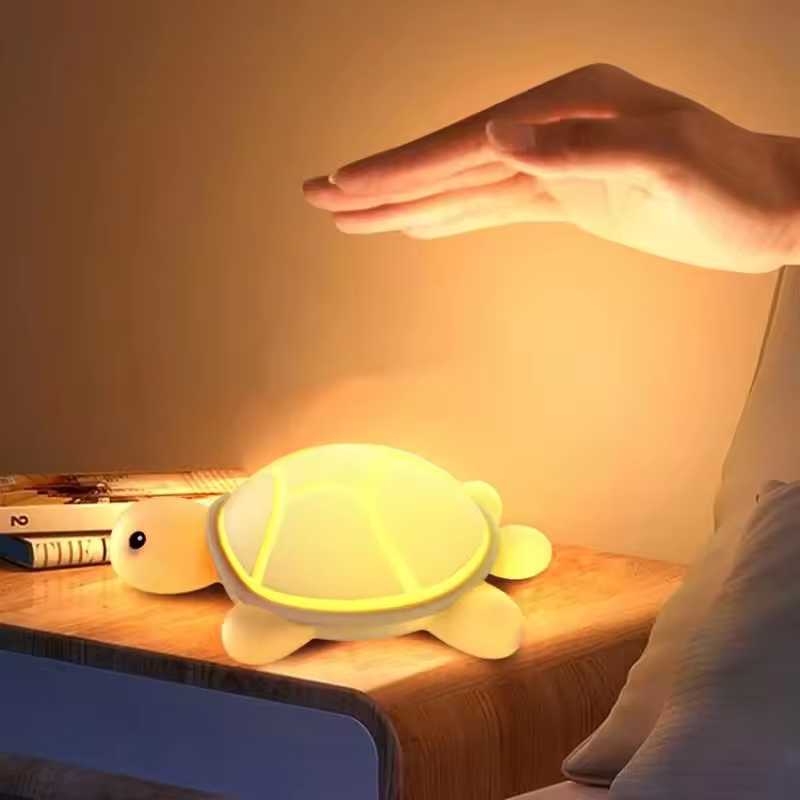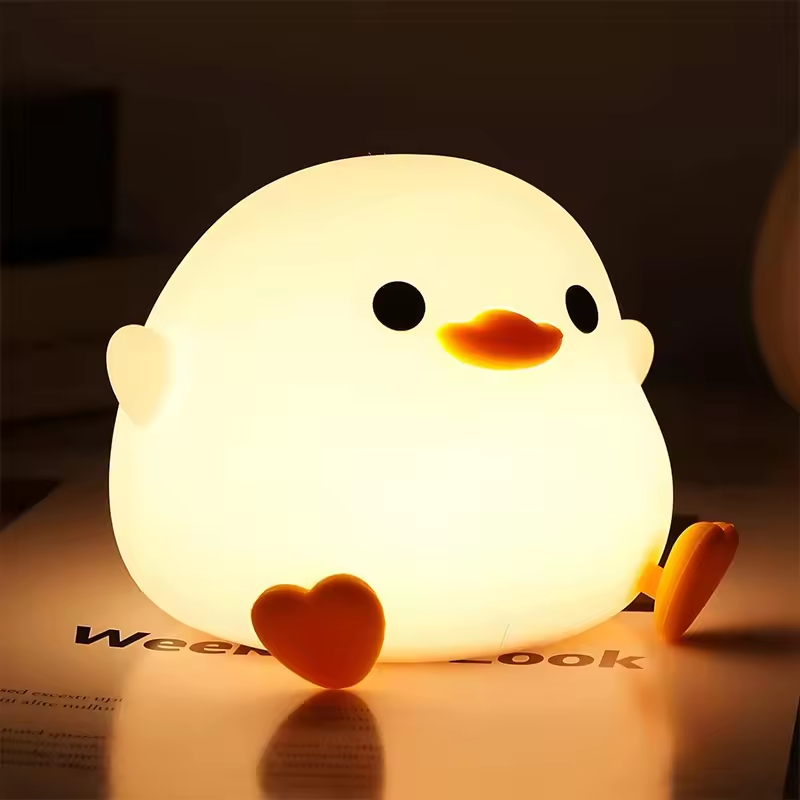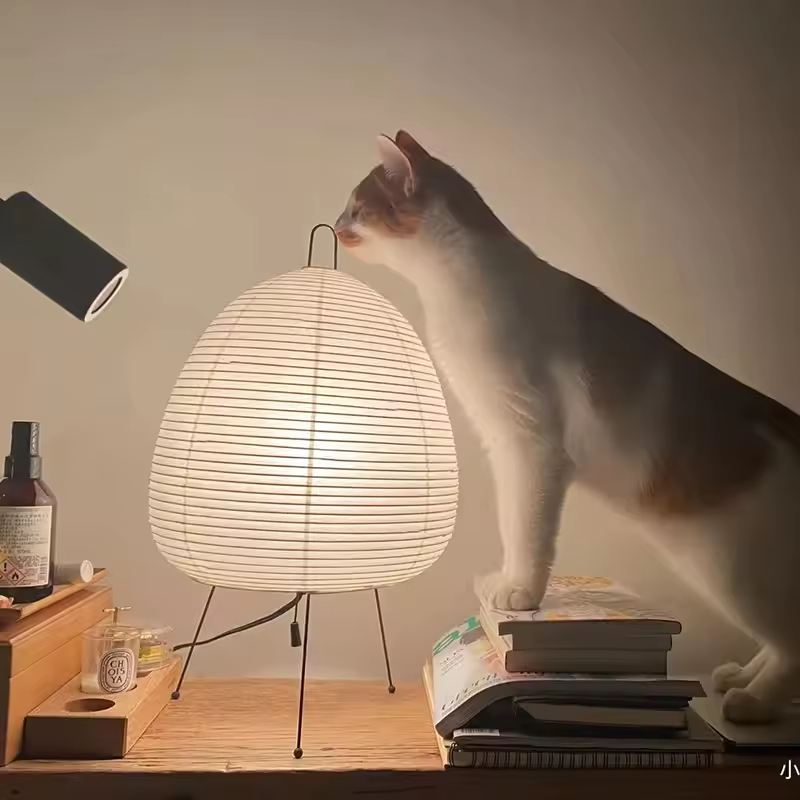what led light color helps with sleep
Sleep is essential for maintaining both physical and mental health. The quality and duration of sleep can affect our daily functioning and overall well-being. One important factor that can influence sleep is the type of light we are exposed to, especially LED lights. In this article, we will explore what LED light color helps with sleep, the science behind it, and how you can implement these findings to improve your sleep quality.
 The Importance of Sleep-what led light color helps with sleep
The Importance of Sleep-what led light color helps with sleep
Why Sleep Matters
Sleep is a natural and vital process for human health. It allows our bodies to rest and repair. During sleep, our immune system strengthens, and our brain processes memories and information. Lack of adequate sleep can lead to a myriad of problems such as cognitive impairment, depression, and weakened immunity.
Sleep Cycles-what led light color helps with sleep
Sleep consists of several cycles, including REM (Rapid Eye Movement) and non-REM stages. Each cycle has its own significance. Non-REM stages help in physical recovery, while REM sleep is vital for mental restoration and emotional regulation. The quality of light we’re exposed to can affect these sleep cycles.
 The Role of Light in Sleep-what led light color helps with sleep
The Role of Light in Sleep-what led light color helps with sleep
The Impact of Light on Circadian Rhythms
Our bodies follow a natural 24-hour cycle known as the circadian rhythm. Light plays a significant role in regulating this rhythm. Exposure to light influences the production of melatonin, a hormone that promotes sleep. Natural light during the day keeps us alert, while reduced light in the evening prepares our body for rest.
LED Lights: The New Normal
With the advent of LED lights, we’ve seen a shift in our lighting environments. LEDs are energy-efficient and long-lasting, making them a popular choice for homes and workplaces. However, LED lights can emit various colors and intensities. This variability can impact how they affect our sleep.
Types of LED Light Colors-what led light color helps with sleep
Blue Light
Blue light is common in LED screens such as smartphones, computers, and televisions. It is known to be the most disruptive to sleep. Blue light suppresses melatonin production more than any other light color. It makes the brain think it is daytime and keeps you awake.
White Light
White light is another prevalent type of LED light. It is often used in standard lighting fixtures. White light can also impact melatonin levels, although to a lesser extent than blue light. Depending on the intensity and time of exposure, white light can either disrupt or help maintain healthy sleep patterns.
Red Light
Red light is considered the best LED light color for promoting sleep. Unlike blue and white lights, red light has minimal impact on melatonin production. It creates a soothing environment that signals the body to transition into sleep mode.
Yellow and Amber Light
Yellow and amber lights are softer on the eyes and less disruptive than blue and white lights. They can be suitable for evening use and can help prepare the body for sleep, although they are not as effective as red light.
 Scientific Studies-what led light color helps with sleep
Scientific Studies-what led light color helps with sleep
Research on Blue Light
Multiple studies have shown that blue light exposure before bedtime can delay sleep onset. Participants exposed to blue light took longer to fall asleep and reported lower sleep quality. These findings led to the development of blue light filters and settings on digital devices.
Research on Red Light
Studies on red light exposure have reported improved sleep quality and efficiency. For instance, a study involving athletes who were exposed to red LED light therapy showed significant improvements in their sleep patterns and overall performance. Another study in elderly participants also reported improved sleep duration and quality after exposure to red light.
Comparison Studies
Further research comparing different light colors found red light to be the least disruptive. Yellow and amber lights also fared better than blue and white lights in promoting better sleep.
Practical Applications
Tips for Using LED Lights for Better Sleep
- Bedroom Lighting: Opt for red LED lights in your bedroom. You can use red night lights or bedside lamps to create a calming environment.
- Smart Bulbs: Consider using smart bulbs that allow you to change the light color. Set them to red or warm colors during the evening.
- Screen Time: Reduce screen time at least an hour before bed. Use “night mode” settings on your devices to filter out blue light.
- Ambient Lighting: Use dim, warm-colored lights in your home as you approach bedtime. This signals your body to start winding down.
Products to Consider-what led light color helps with sleep
- Red LED Night Lights: These are affordable and easy to install. They emit a low-intensity red light that helps prepare your body for sleep.
- Smart Bulbs: Brands like Philips Hue offer bulbs that can switch colors. You can program them to emit red light in the evening.
- Blue Light Glasses: If you need to use screens at night, consider wearing blue light-blocking glasses.
 Routine Changes
Routine Changes
- Consistent Sleep Schedule: Go to bed and wake up at the same time every day. A consistent schedule supports a stable circadian rhythm.
- Evening Rituals: Engage in calming activities like reading a book or listening to soft music under red or warm light.
- Limit Caffeine: Avoid consuming caffeine in the evening as it can interfere with your ability to fall asleep.
Here are some of the popular trends in LED lighting:
Smart LED Lighting:
With the rising popularity of home automation, smart LED lights that can be controlled via apps, voice assistants, or remote controls are becoming increasingly mainstream. These lights often offer features like color changing, dimming, and scheduling.
Energy Efficiency:
As energy conservation becomes more critical, LED lights are being designed to be even more energy-efficient. Newer models consume less power while providing the same or higher levels of brightness.
Human-Centric Lighting:
This involves designing LED lights that can adjust their color temperature throughout the day to mimic natural daylight, thereby promoting better health, mood, and productivity.
Integration with IoT:
LEDs are increasingly being integrated with the Internet of Things (IoT), allowing for more advanced functionalities like energy monitoring, predictive maintenance, and more interactive lighting systems.
Sustainability:
The emphasis on sustainable and eco-friendly products is growing. This includes the use of recyclable materials in LED fixtures and designing products that can be easily disassembled for recycling purposes.
Adaptable and Modular Designs:
Modern LED lighting systems are becoming more versatile, with modular designs that allow consumers to customize their lighting setups to better suit diverse spaces and needs.
Advanced Optics and Light Distribution:
Innovations in optics are allowing for more efficient light distribution, reducing glare and improving the quality of illumination. This is particularly important in commercial and industrial settings.
Decorative and Accent Lighting:
LEDs are being used increasingly in decorative forms, including strip lights, accent lights, and artistic installations. These lights can be used to create mood lighting and highlight architectural features.
UV-C LED Technology:
Given the heightened awareness of hygiene in recent years, UV-C LED lights, which have disinfecting properties, are gaining more attention. These are often used for sterilizing surfaces and air in various settings.
Outdoor and Landscape Lighting:
LED solutions are becoming more popular for outdoor and landscape lighting, offering durability, energy efficiency, and the ability to withstand harsh weather conditions.
Architectural Lighting:
Designers are leveraging the flexibility and versatility of LEDs to create stunning architectural lighting effects, both interior and exterior, that enhance the aesthetic appeal of buildings and spaces.
These trends collectively represent the ways in which LED technology continues to evolve, driving innovation in lighting solutions for both residential and commercial applications.
 Conclusion-what led light color helps with sleep
Conclusion-what led light color helps with sleep
what led light color helps with sleep
Understanding what LED light color helps with sleep can significantly improve your sleep quality. Red light is scientifically proven to be the most beneficial. It has a minimal impact on melatonin production and promotes a more restful sleep.
By making mindful choices about the lighting in your home and incorporating practical tips, you can create an environment conducive to better sleep. It is essential to consider the color, intensity, and timing of LED light exposure in your daily routine. This will help maintain a healthy circadian rhythm and enhance overall well-being. Sleep well, live well!
Now you have a detailed guide to help you choose the best LED light color for better sleep. Implement these tips, and you’ll likely notice improvements in your sleep quality and overall health.



